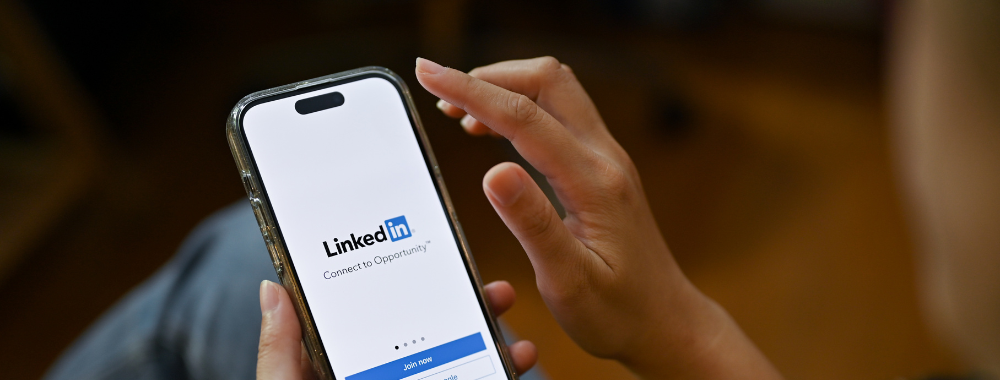
LinkedIn has become an invaluable platform for professionals. People use it to connect, network, and explore business opportunities. But with its growing popularity have come some red flags. There has been an increase in the presence of fake LinkedIn sales bots.
These bots impersonate real users and attempt to scam unsuspecting individuals. This is one of the many scams on LinkedIn. According to the FBI, fraud on LinkedIn poses a “significant threat” to platform users.
In this blog post, we will delve into the world of fake LinkedIn sales bots. We’ll explore their tactics and provide you with valuable tips. You’ll learn how to spot and protect yourself from these scams. By staying informed and vigilant, you can foster a safer LinkedIn experience.
Social media scams often play on emotions. Who doesn’t want to be thought of as special or interesting? Scammers will reach out to connect. That connection request alone can make someone feel wanted. People often accept before researching the person’s profile.
Put a business proposition on top of that, and it’s easy to fool people. People that are looking for a job or business opportunity may have their guard down. There is also inherent trust people give other business professionals. Many often trust LinkedIn connections more than Facebook requests.
How can you tell the real requests from the fake ones? Here are some tips on spotting the scammers and bots.
Fake LinkedIn sales bots often have incomplete profiles. They’ll have very limited or generic information. They may lack a comprehensive work history or educational background. Additionally, these bots tend to use generic profile pictures. Such as stock photos or images of models.
If a profile looks too perfect or lacks specific details, it could be a red flag. Genuine LinkedIn users usually provide comprehensive information.
One of the key characteristics of fake sales bots is their messaging approach. It’s often impersonal and generic. These bots often send mass messages that lack personalisation. They may be no specific references to your profile or industry. They often use generic templates or scripts to engage with potential targets.
Fake LinkedIn sales bots are notorious for bombarding users. You’ll often get DMs with excessive promotional content and making unrealistic claims. These bots often promote products or services aggressively. Usually without offering much information or value.
When communicating on LinkedIn, pay attention to the grammar and spelling of messages. You may dismiss an error from an international sounding connection, but it could be a bot.
Fake LinkedIn sales bots often display inconsistent or poor grammar and spelling mistakes. These errors can serve as a clear sign that the sender is not genuine. Legitimate LinkedIn users typically take pride in their communication skills.
Fake LinkedIn sales bots often send connection requests to individuals indiscriminately. They may target users with little regard for relevance or shared professional interests. Be cautious when accepting connection requests from unfamiliar profiles. Especially if the connection seems unrelated to your industry or expertise.
Microminder is the leading strategic IT business partner in the dental sector – we have been proudly supporting the dental community for over three decades.
We pride ourselves on building lasting relationships with our clients where they trust us with their IT strategy, implementation and ongoing support, allowing them to focus on patient care.
Our solutions, IT Support, Managed Services & VoIP Telephony are cost-effective and inspired by the latest technology, underpinned by market-leading technology partners such as Microsoft, Datto and Software of Excellence.
Microminder’s experts are passionate about technology and are always on hand to support and guide you, so please get in touch today:
Call us on 0208 799 6883 or follow us on social media.
Back to News